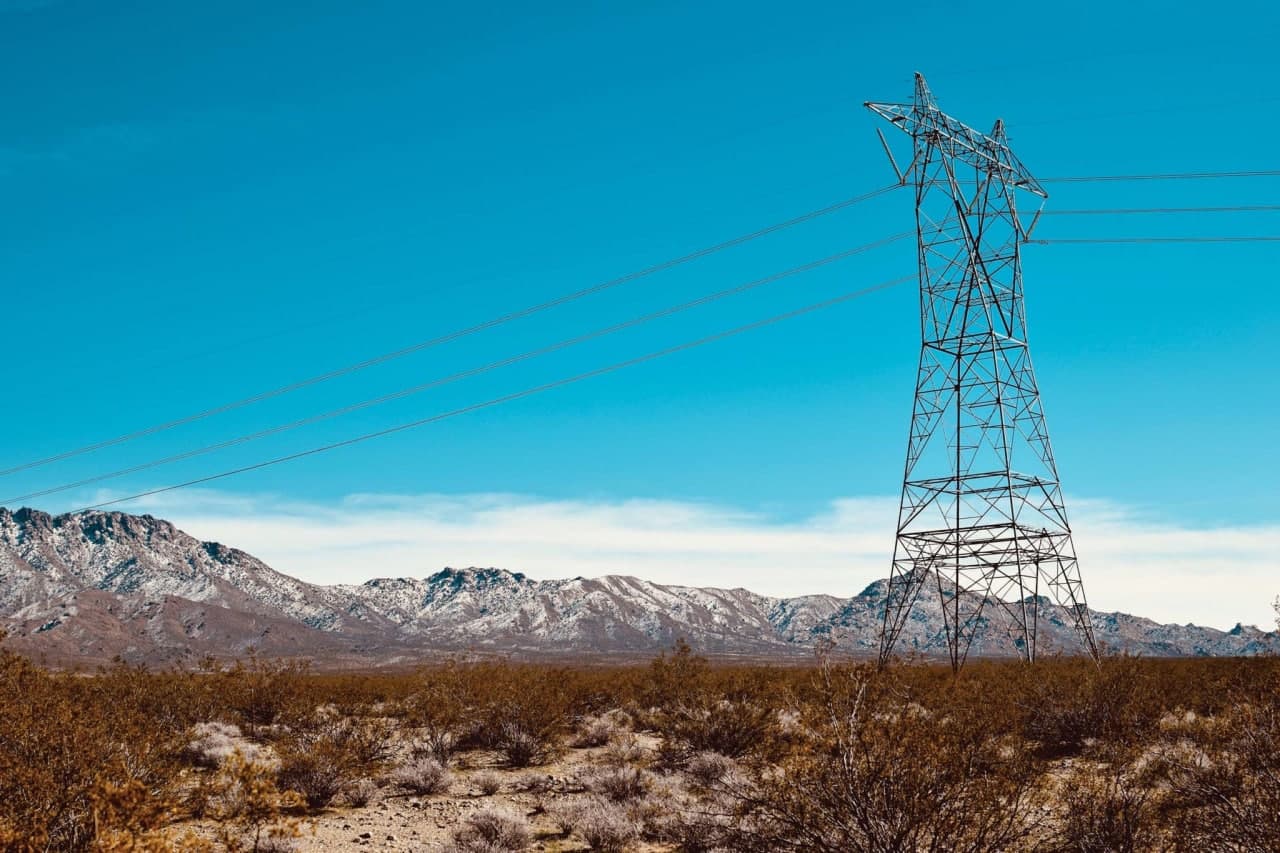The Ministry of Energy and Water Resources of Tajikistan (MoEWR) has denied a report about delivery of electricity to Kyrgyzstan released by some media outlets as baseless.
A statement released by the MoEWR press center on October 4 says Tajikistan has not offered electricity to Kyrgyzstan.
In the middle of last week, Barqi Tojik (Tajikistan's national power utility company) received a letter from the National Energy Holding Company of Kyrgyzstan, in which the Kyrgyz side proposed to consider the possibility of delivery of Tajik electricity to Kyrgyzstan starting from October this year, the statement says, noting that a Kyrgyz delegation arrived in Dushanbe on October 2 to conduct negotiations with Barqi Tojik officials on that matter.
A MoEWR says the issue of the possibility of delivering electricity to Kyrgyzstan was discussed last Saturday in Dushanbe at the meeting with the Kyrgyz delegation.
The statement notes that the proposal of the Kyrgyz side on the delivery of electricity to Kyrgyzstan is currently being considered by the Tajik side.
Recall, Kyrgyz officials noted last week that Tajikistan has begun delivering electricity in neighboring Kyrgyzstan, which is currently facing electricity shortages due to high water stress.
“Tajikistan now has enough electricity and they have offered [electricity] to us. We will import 1 million kwh of electricity per day,” Kyrgyz Minister of Energy Doskul Bekmurzayev told reporters in Bishkek on October 1.
The minister has refrained from naming the price. He just noted that Kyrgyzstan plans to import 30-50 million kWh of electricity from Tajikistan this month.
Kyrgyzstan has earlier reached agreements on importing of electricity from Kazakhstan, Turkmenistan and Kazakhstan.
It is to be noted that Tajikistan has sufficient summer-time (defined as May 1 to September 30) hydropower surpluses to export to the neighboring countries.
Suffering from lack of investment, Kyrgyzstan’s energy sector is characterized by aged infrastructure and significant losses. System wear and tear is gauged at over 50%: significant deterioration of energy assets and poor sector development are the result of heavy subsidies, particularly for electricity consumption, which drain resources for system maintenance and investment.







